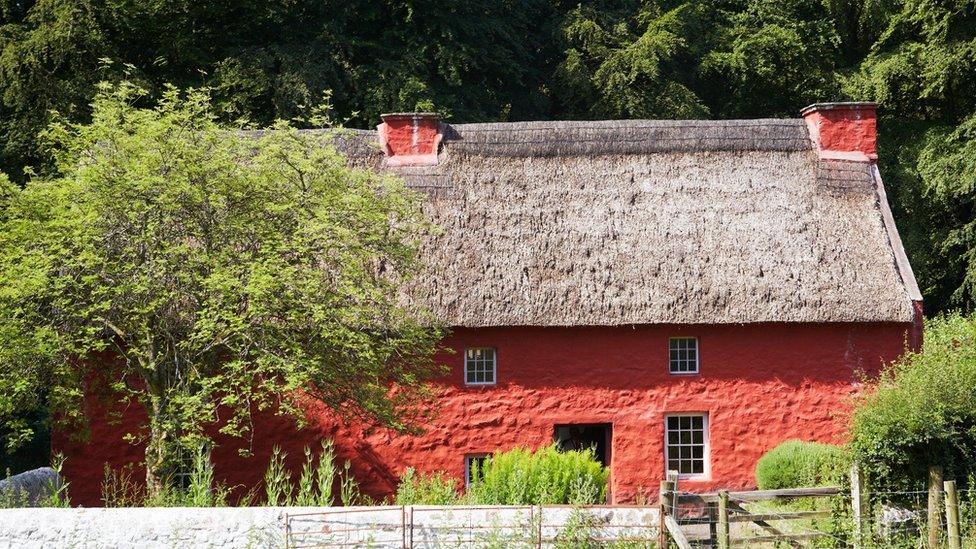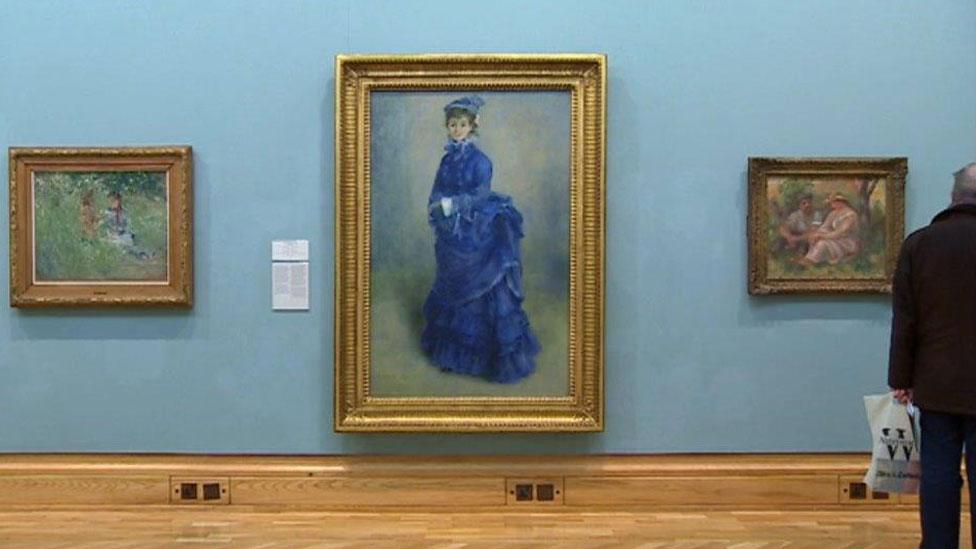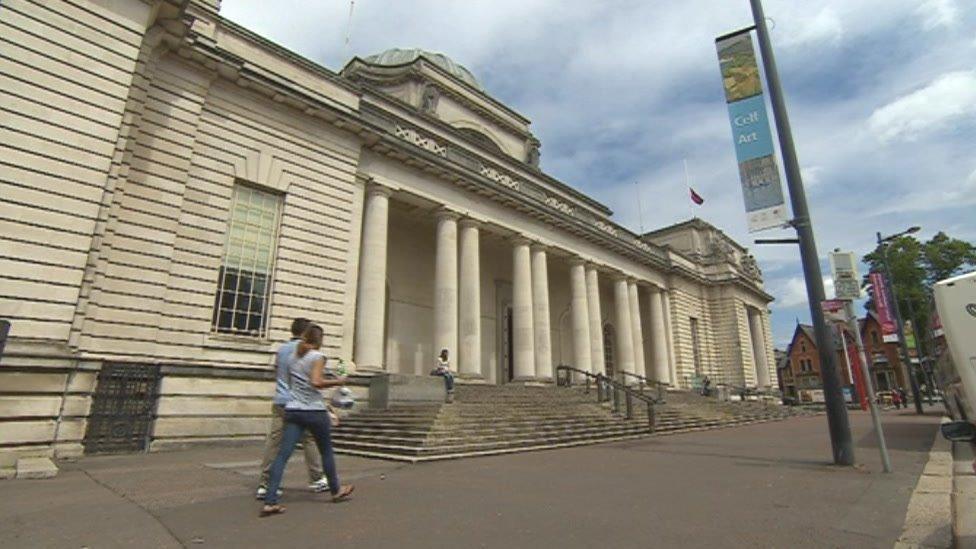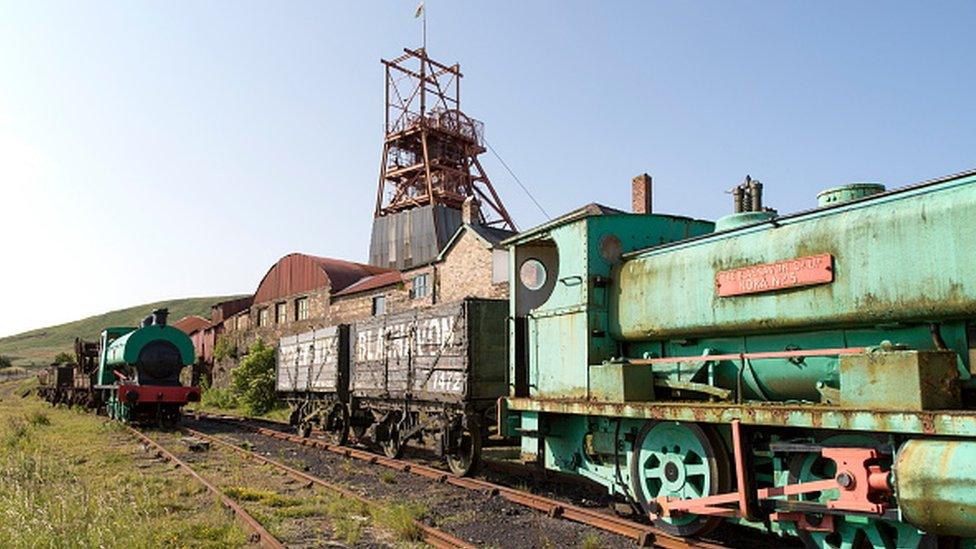Wales' historic bodies urged to work more closely
- Published

National Museum Wales - whose bases include St Fagans - had feared the loss of its independence
Heritage bodies in Wales should work more closely to survive financially and bring economic benefits to the nation, a Welsh Government report has said.
National Museum Wales voiced fears for its independence, amid talk of a part merger with monuments body Cadw.
The report, external recommended a strategic partnership of four bodies, sharing back-office functions and marketing.
Economy Secretary Ken Skates, who had denied any wholesale merger plan, urged a "sharper commercial focus".
The steering group led by National Trust Wales director Justin Albert was set up to look at a Labour manifesto commitment to create Historic Wales by combining the commercial functions of Cadw and the museum.
Some functions of the National Library of Wales and the Royal Commission on the Ancient and Historical Monuments of Wales were also under consideration.
The group's report called for a strategic partnership of the four organisations - underlined by a formal agreement - to collaborate on commercial activities, back-office functions, staff skills development, and promotion of cultural tourism under a joint brand.
The term "Historic Wales" could be used, subject to market testing.
It also recommended taking Cadw out of the control of the Welsh Government, turning it into a charity or an executive agency.
Mr Skates welcomed the report, although he called for more consideration of changes to Cadw, saying it was "performing exceptionally at the moment".
He also warned that it was time for each organisation to "start realising their full commercial potential" and bring a "much sharper commercial focus to the work they do".
- Published2 February 2017

- Published8 November 2016

- Published1 November 2016

- Published12 October 2016

- Published7 October 2016

- Published28 September 2016
